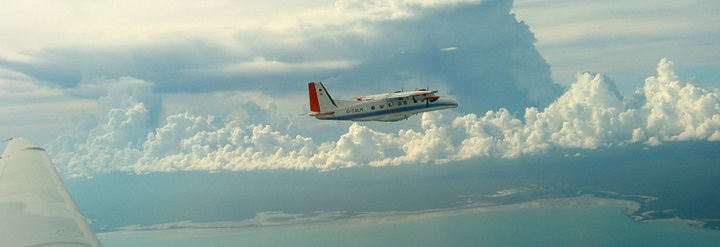Global bio-geochemistry
Understanding the flow of the elements through the Earth’s different environments (land, ocean, ice and atmosphere) is central to understanding the Earth system as a whole. Whereas in the past the emphasis has been on the flow of carbon, now the emphasis if broader and include the flow of nitrogen, iodine, bromine and chlorine.
Both natural and human processes are important here. For some compounds such as nitrogen human inputs have overwhelmed the natural sources and the environment is coping with these pressures. For others such as reactive carbon, human emissions are small compared to the natural ones but are growing in importance
- Reactive carbon emitted both by human activities and by the ecosystem plays an important role determining the composition of the atmosphere. Whether it’s the concentration of methane, a powerful climate gas or surface ozone, reactive carbon controls many important processes. Our research creates models that simulate the intricate flow of carbon through complex chemical reactions, makes lab measurements of the kinetics of their reactions, develops new techniques for measuring their concentration and makes observations in the field of their emissions and trends
- Stratospheric ozone protects us from damaging high-energy radiation from the sun. The destruction of the ozone layer by human generated chlorine and bromine containing compounds has been significantly reduced by the Montreal Protocol and its subsequent amendments. However, we are now realising that natural sources of chlorine and bromine compounds can be transported up into the stratosphere. Our measurements of these compounds allows for better understanding of the balance between natural and human sources
- Ozone in the remote lower atmosphere is a balance of sources and sinks. It is becoming more apparent that the chlorine, bromine and iodine that can destroy ozone in the stratosphere can also destroy ozone in marine and ice environments in the same way. Our laboratory, measurements and modelling studies are helping us to better understanding of these processes and how they impact air quality and climate change
Contact us
Jenny Hudson-Bell
WACL Research Administrator
wacl@york.ac.uk
+44 (0)1904 322609
Wolfson Atmospheric Chemistry Laboratories,
Department of Chemistry,
University of York,
Heslington,
York YO10 5DD,
United Kingdom.
X
